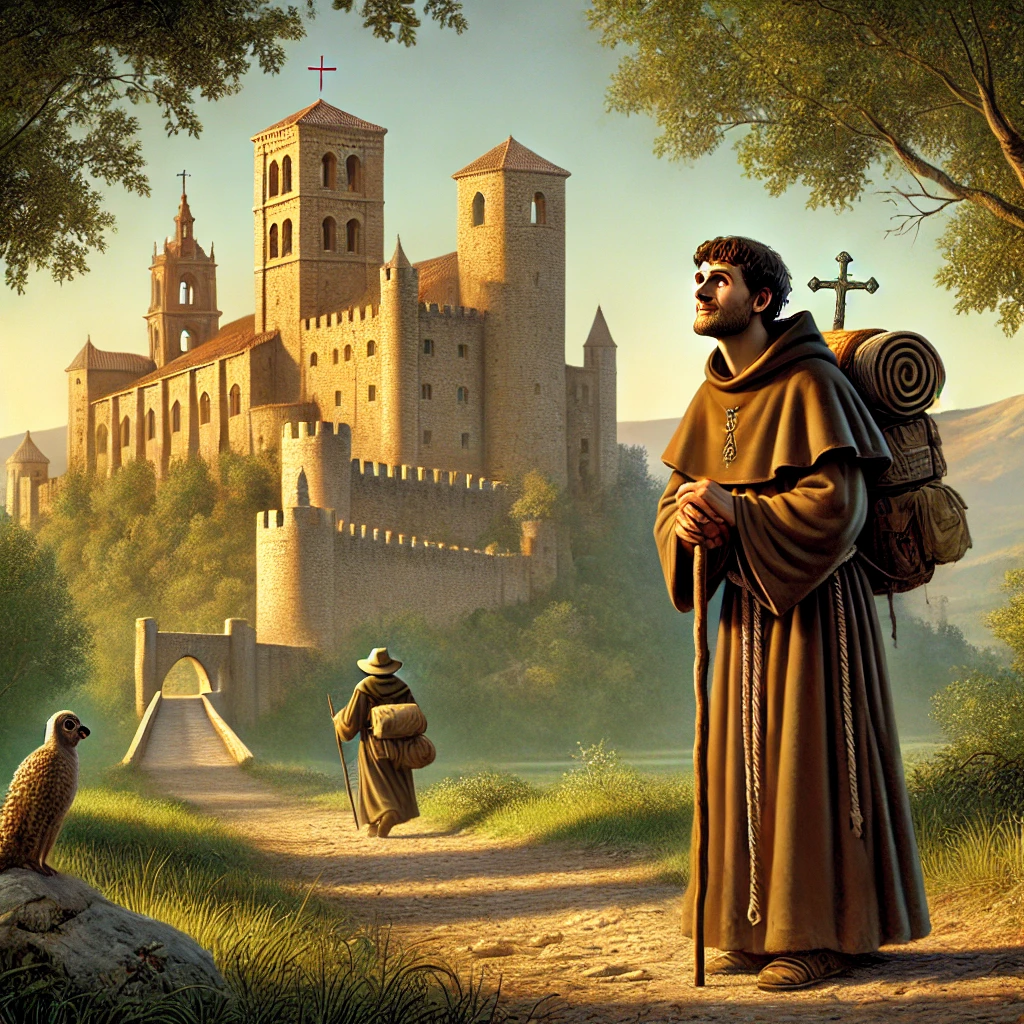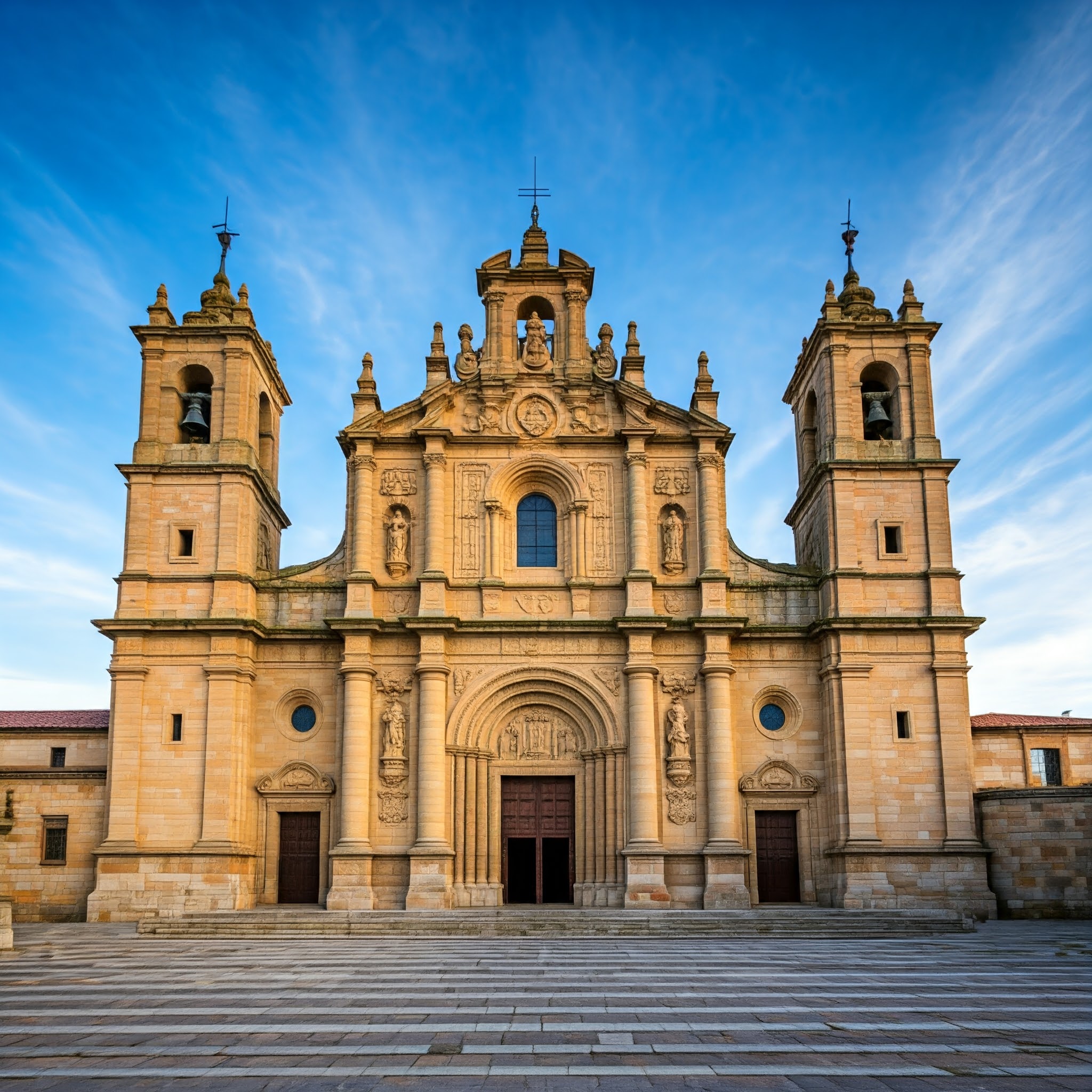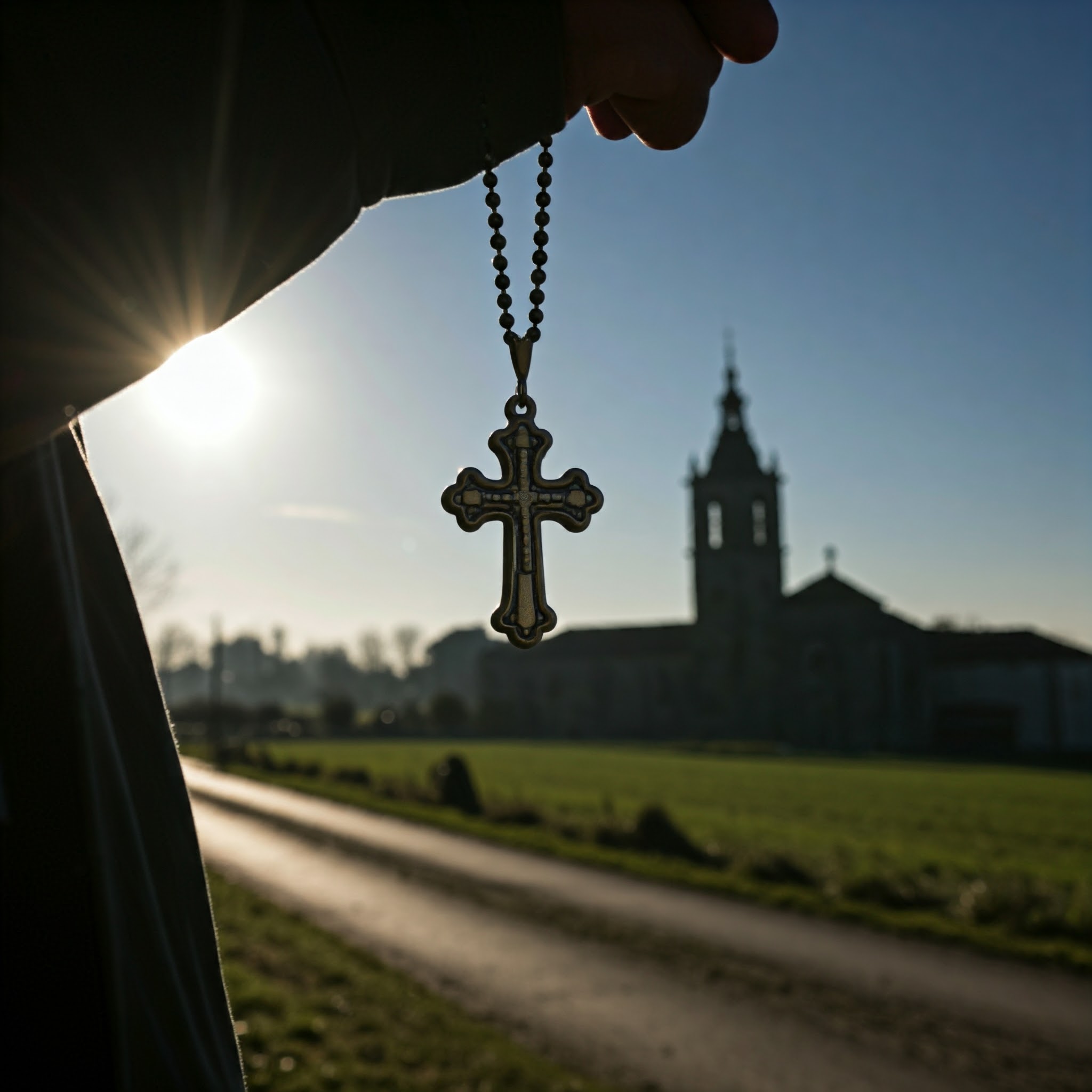
Live a unique and transformative experience by walking the Ignatian Way, a route that follows the footsteps of the founder of the Jesuits, Saint Ignatius of Loyola. This path, which connects his birthplace with the cave in Manresa where he found his spiritual inspiration, is steeped in rich history and profound religious significance.
For centuries, pilgrims from all over the world have traveled this path seeking spiritual renewal and a closer encounter with God. Today, it remains a source of inspiration and personal growth. It offers walkers the opportunity to reflect, meditate, and discover their own spirituality in an environment of stunning natural beauty.
Iñigo López de Oñaz y Loyola (Ignatius of Loyola) was a man whose faith and determination transformed the world. He went from being a nobleman and soldier to becoming the founder of the Society of Jesus, known as the Jesuits. Throughout his life, he undertook numerous pilgrimages and faced great challenges. However, his commitment to spirituality never wavered.
Learn how his experiences and visions shaped his teachings, and how his works continue to influence millions of people today.

Have you ever wondered how a soldier’s life can be transformed into that of a saint? The story of Saint Ignatius of Loyola is a fascinating journey of faith and personal change. Born in 1491 in Azpeitia (Guipuzcoa), Ignatius spent his childhood and youth in a noble environment, with aspirations of military glory and honor.
From a young age, Ignatius showed a strong character and a desire for adventure. Serving as a soldier, he sought recognition and prestige. However, his life took an unexpected turn during the Battle of Pamplona in 1521. A cannonball severely wounded his leg, forcing him into a long period of convalescence. This time of inactivity was crucial for his spiritual transformation.
While recovering, he began reading about the life of Christ and the saints. These readings awakened in him a deep desire to serve God, abandoning his worldly ambitions. This period of reflection and prayer was the beginning of his conversion.
His transformation was not immediate, but the seed of faith had been planted. Ignatius decided to dedicate his life to spirituality and service, renouncing his former life as a soldier. Inspired by the Route of Saint Paul, he followed a path of pilgrimage and teaching, always seeking to imitate the saints and deepen his relationship with God.
Ignatius’ conversion culminated in his founding of the Society of Jesus, known as the Jesuits, an order dedicated to education, mission, and the defense of the faith.
The founding of the Society of Jesus, known as the Jesuits, is a story of dedication and faith. It all began with Saint Ignatius of Loyola and his first companions at the University of Paris. Among them were Saint Francis Xavier, Saint Peter Faber, and other passionate students who shared a burning desire to serve God.
In 1534, these companions gathered in the chapel of Montmartre, where they made vows of poverty, chastity, and obedience. Their goal was to go to the Holy Land to preach and help those in need. However, when plans changed, they decided to offer their services to the Pope.
In 1540, Pope Paul III officially approved the Society of Jesus through the bull “Regimini Militantis Ecclesiae”. This was a crucial moment that allowed the Jesuits to expand their mission. The order committed itself to education, evangelization, and the defense of the Catholic faith.
With a strong structure and a disciplined approach, they soon began founding schools and universities throughout Europe, revolutionizing Catholic education.
The expansion of the Society of Jesus was rapid and global. From Europe, the Jesuits traveled to Asia, Africa, and the Americas, bringing with them a message of faith and learning. Their influence spread quickly, becoming a vital force in the Counter-Reformation and the spiritual renewal of the Church.
Visiting the Museum of Pilgrimages will help you better understand this historical period. Here, you can see how the Society of Jesus left a mark on the world, driven by the vision and leadership of Saint Ignatius and his companions.

Experience a unique spiritual adventure by walking the Ignatian Way, a route that follows the steps of Saint Ignatius of Loyola from Loyola to Manresa. This journey, rich in history and faith, allows you to live an experience similar to that of Abraham in his search for divine purpose.
Over the course of 650 kilometers, you will discover stunning landscapes and charming towns. The way is not only a physical journey but also an opportunity for introspection and personal growth.
The Ignatian Way has its roots in 1522, when Ignatius of Loyola, injured and searching for meaning, embarked on a pilgrimage from his home in Loyola to Manresa. This journey marked the beginning of his profound spiritual transformation, which would later give rise to the Society of Jesus.
Over the centuries, the path that Ignatius walked remained alive in the memory of the faithful. However, it was not until the early 21st century that it began to be officially structured and promoted as a pilgrimage route. Inspired by other sacred routes, such as the Monasteries of Meteora in Greece, the Ignatian Way was formally recognized and marked.
In 2011, the officialization of this route took place, with a path spanning 650 kilometers through five autonomous communities in Spain: Basque Country, La Rioja, Navarre, Aragon, and Catalonia.
Each stage of the way is carefully planned, providing not only a physical challenge but also a space for meditation and personal growth. By walking it, you join a centuries-old tradition that continues to inspire and transform lives, just like the ancient pilgrims who found purpose and faith on these paths.
Can you imagine walking a path full of history and spirituality, each step bringing you closer to a greater understanding of yourself? The Ignatian Way is divided into several stages, each with its own charm and challenge.
The Ignatian Way begins at the Sanctuary of Loyola in the Basque Country, and ends at the Cave of Manresa in Catalonia. Over 650 kilometers, it crosses diverse landscapes and regions rich in history. The journey is divided into 27 stages, allowing you to explore and enjoy each segment at your own pace. Below are the main sections of this spiritual journey.
Each stage of the Ignatian Way offers a unique opportunity for reflection and discovery, both outward and inward. Enjoy the journey and let each step bring you closer to your purpose.

Before starting the Ignatian Way, it is essential to prepare your spirit and mind. This journey is not only a physical walk but also a spiritual pilgrimage that requires introspection and openness.
Dedicate time to meditation and prayer to connect with your purpose. Reflect on your intentions and what you hope to find on this journey. It is advisable to read about the life of Saint Ignatius of Loyola and his teachings, as this can provide you with a deeper perspective and enrich your experience.
In terms of practical preparation, take only the essentials without overloading yourself:
Finally, learn about the hostels and accommodation options at each stage. Booking in advance can help avoid unpleasant surprises. Remember that every step on the Ignatian Way is an opportunity for spiritual and personal growth.
This Spanish saint from the 16th century is known for his profound spirituality and commitment to religious reform through his writings, such as the Spiritual Exercises.
Saint Ignatius provided tools for spiritual formation and the search for God’s will. His focus on contemplation and discernment continues to be an invaluable guide for the faithful in their spiritual lives.
The Society of Jesus has stood out for its commitment to education and evangelization around the world. The Jesuits have established numerous educational institutions and have been pioneers in promoting social justice and human rights.
Saint Ignatius is also revered as the patron of spiritual exercises and spiritual retreats. His example of personal conversion and dedication to the cause of Christ continues to inspire millions of people in their quest for a fuller and more meaningful life in faith.
This is how Saint Ignatius of Loyola remains a fundamental figure in the history of the Catholic Church. His legacy lives on in the spirituality and mission of the Society of Jesus, as well as in the devotion of the faithful worldwide.
Stay Connected with WayHoly
Discover your perfect pilgrimage and be the first to know about new journeys. By subscribing to our newsletter, you’ll receive the latest updates on pilgrimages, exclusive offers, and spiritual resources to enrich your faith journey.
Don’t miss the opportunity to deepen your connection with God and lead others on their path to spiritual renewal. Join us today and become an instrument of His Will through WayHoly!
“To upload your pilgrimage, please choose one of our plans and create an account, or log in if you’re already a member. Join us in guiding others on their spiritual journey.”